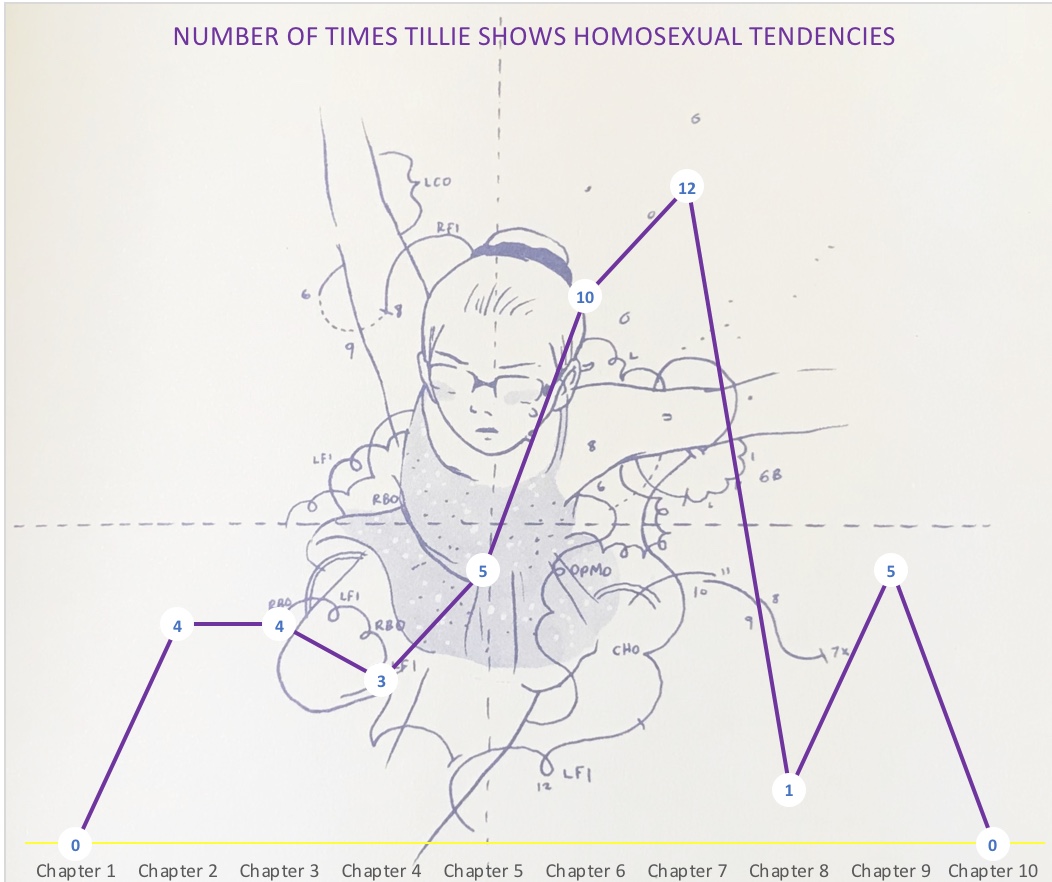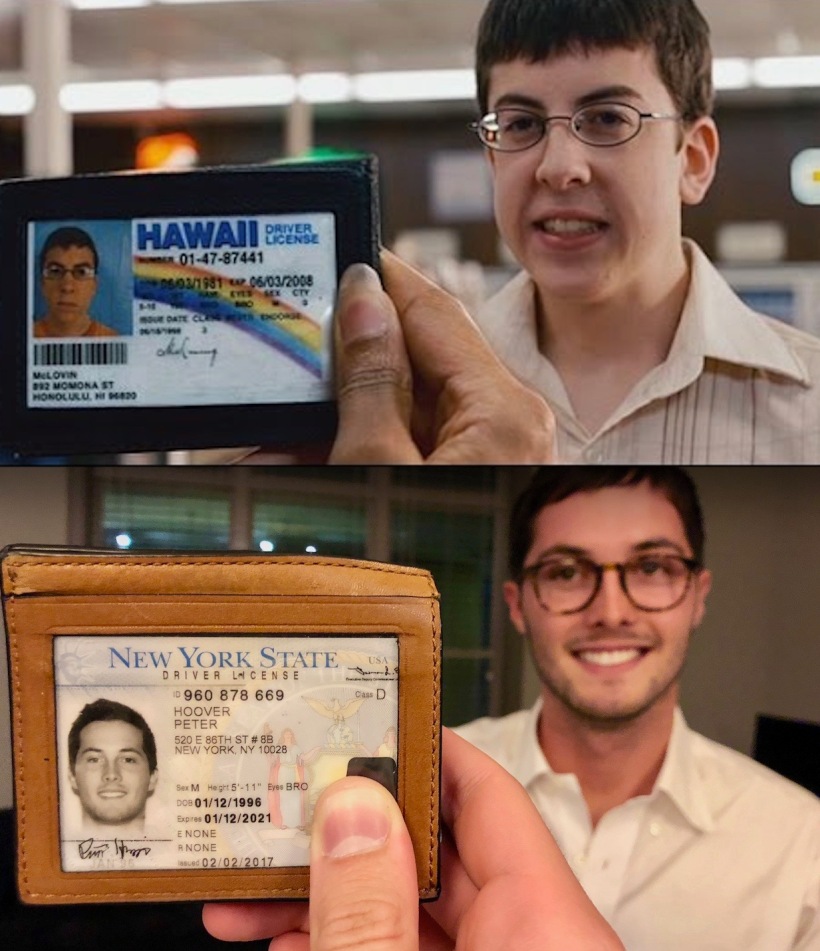Mapping Spinning Reflection
We have discussed many times in class how Tillie Walden’s graphic novel “Spinning” cannot be described as being “about figure skating.” “Spinning” is more of a coming of age story of an adolescent trying to find herself as she is growing older and realizing she is unlike those around her. Though she is writing about her true scenario where she practically grew up on the ice skating rink, the story uses figure skating as more of a metaphor for how Tillie is going through her life. I decided to focus on seven different characteristics that together are what figure skating consists of for Tillie; they differ from positive to negative and from striking to obvious.
From an outsider’s perspective figure skating consists of sparkles, elaborate costumes, and particularly outstanding posture; they see it as a very feminine sport. But, such positive aspects, as well as the genuine thrill of succeeding in the craft, take place very rarely within “Spinning”. I noticed this while reading the book but wanted to see what aspects were overpowering these positive ones. Everytime Tillie talks about having to put on makeup, do her hair, and wear the proper shade of tights she dreads it. In addition, the genuine thrill of success only takes place four times throughout the entire story based on the data I gathered. Behind the sparkles there is exhaustion, particular technique, constant discipline, expensive rink time, and competitive teammates. These characteristics burden Tillie constantly, as I expected. But, I just was unaware of how drastic this difference is. I went through each chapter constantly adding ticks to my spreadsheet next to the technique and discipline sections because this is what the intense sport of figure skating is truly made of.
The hard work and dedication to move forward and upward in the sport of figure skating mirrors the hard work it takes for Tillie to attempt to fit in with everyone else. She is not surprised when she passes her tests on the rink because she “always [passes]”. In the judgemental teenage state she is in, she is afraid to show her true colors and come out as gay to those around her. She is able to “pass as straight” even though she has always known something else was a part of her. This is similar to how she is able to cover up the discipline, emotion, strength, and hard work that goes into this sport as outsiders just see as feminine and natural.
The striking aspects of figure skating also corresponds to Tillie’s family life. Instead of her parents watching her compete, easily pay for rink time, and supporting her as she grows as a figure skater, her personal life at home is consistent with the hardships and intensity within figure skating.
My map is a simple bar graph that is split up by chapter and color coordinated by characteristic. I collected data chapter by chapter simply but there were definitely points where this was challenging as I had to decipher what category certain scenes would fall into and choose breaking points for these scenes.
In general, it is obvious that the red, green, and yellow bars of technique, fake friendship and loneliness within the team, and critique drastically overpower. However, the visual effect of my map is flawed as I split it up by chapter. If I skipped doing this, you would be able to compare each characteristic to each other rather than only within a specific chapter. For example, the black bar is very high for chapter three which looks like it is taking place a lot while in respect to the entire novel this true friendship characteristic rarely takes place.






